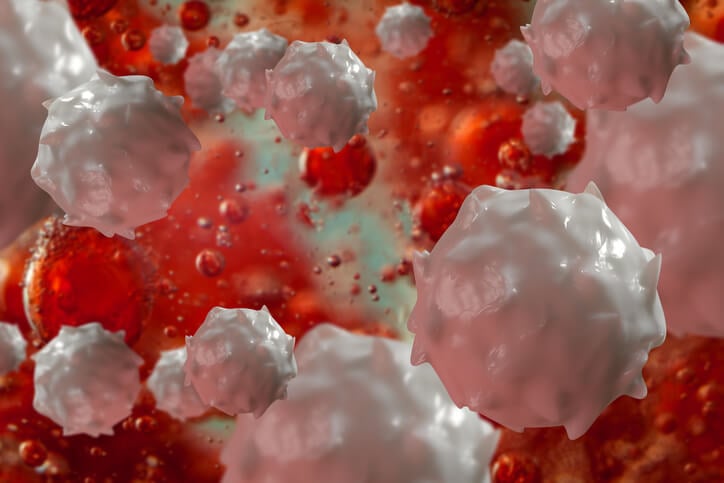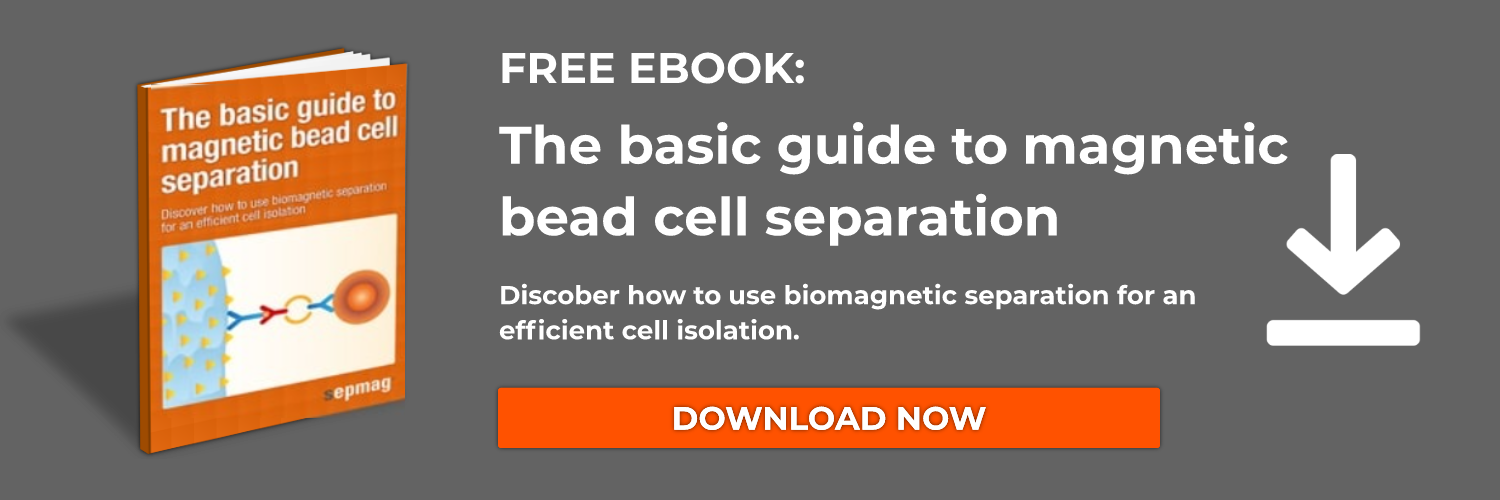Importance and uses of cell isolation
Cells are the basic and fundamental units of organisms carrying genes for the biological function of that particular cell. Higher organisms (eukaryotes) are composed of 200 different types of cells (e.g. red blood cells, white blood cells, muscle cells, bone cells, nerve cells etc.) that have different gene expression profiles and even the same cell lines can present different genomes, transcriptomes and epigenomes during cell division and differentiation.
Cell studies are critical from both physiological and pathological perspectives and subsequent endogenous/exogenous mechanisms. Different cell types are studied by scientists for their physiological mechanisms to identify and recognize their associated pathologies and disorders (e.g. cell motility and cytoskeleton’s role). Cell division has also been under investigation for certain gene mutations. With the advent of “personalized medicine” cells and their associated components (e.g. surface markers) have also been used for the treatment of specific types of cancer cells.
Due to the variation in genetic and environmental factors, different kinds of cells have unique behaviors and present different implications in pathogenic conditions such as heterogeneous cancer cells. In cancer studies obtaining the precise genetic and biochemical information from the affected part is essential for genetic and epigenetic analysis which requires the isolation of a single cell type or a single cell from the whole organism.
Hence, single cell isolation is of major importance for analysis of unique cellular mechanisms and a valuable procedure for diagnostics, biotechnological and biomedical applications.
Cell isolation techniques
There are several types of cell isolation techniques that vary in cost and difficulty. Density gradient centrifugation is used in many labs to separate cells. This helps separate cells by shape and size. But this is a delicate procedure that requires time to centrifuge. Fluorescence-activated cell sorting (FACS) has become a popular way to do cell isolation. A FACS machine sorts using fluorescence and antibodies to detect specific surface markers on cells as they pass one by one. The downside of FACS is that the process can be slow and the biggest deterrent is usually the cost of the technique.
FACS is expensive because of the equipment itself and because you need personnel to run it, for this reason it is often found within a technology core facility in an institution. Magnetic separation is also a popular technique for cell isolation. Let’s discuss magnetic cell isolation in greater detail.
Cell isolation with magnetic separation
Modern magnetic separators offer many advantages. They come in a range of sizes from milliliter to 50 Liter containers. This makes it available on a research and clinical scale for many types of cell isolation protocols. It is also inexpensive and efficient. The process is simple and the equipment and reagents don’t require special training. You can read more about a specific way to do cell isolation in our article magnetic beads antibody conjugation. Just as with other techniques, an antibody specific to a surface marker on the surface of a cell can be used to pick the cell out of a mixture. For example, magnetic beads can be pre-conjugated with antibodies, then added to a cell mixture to allow the antibodies to bind the cells of interest. Then the cells of interest can be isolated through the magnetic separation protocol.
Lastly, one more consideration for cell isolation is whether it will be optimal to do negative or positive selection. The difference is whether you use your magnets and separator to bind and remove unwanted material, negative selection or if you want to bind your wanted cells with the magnets and discard all other unwanted material. Either protocol is simple with magnetic separators.
Related news





